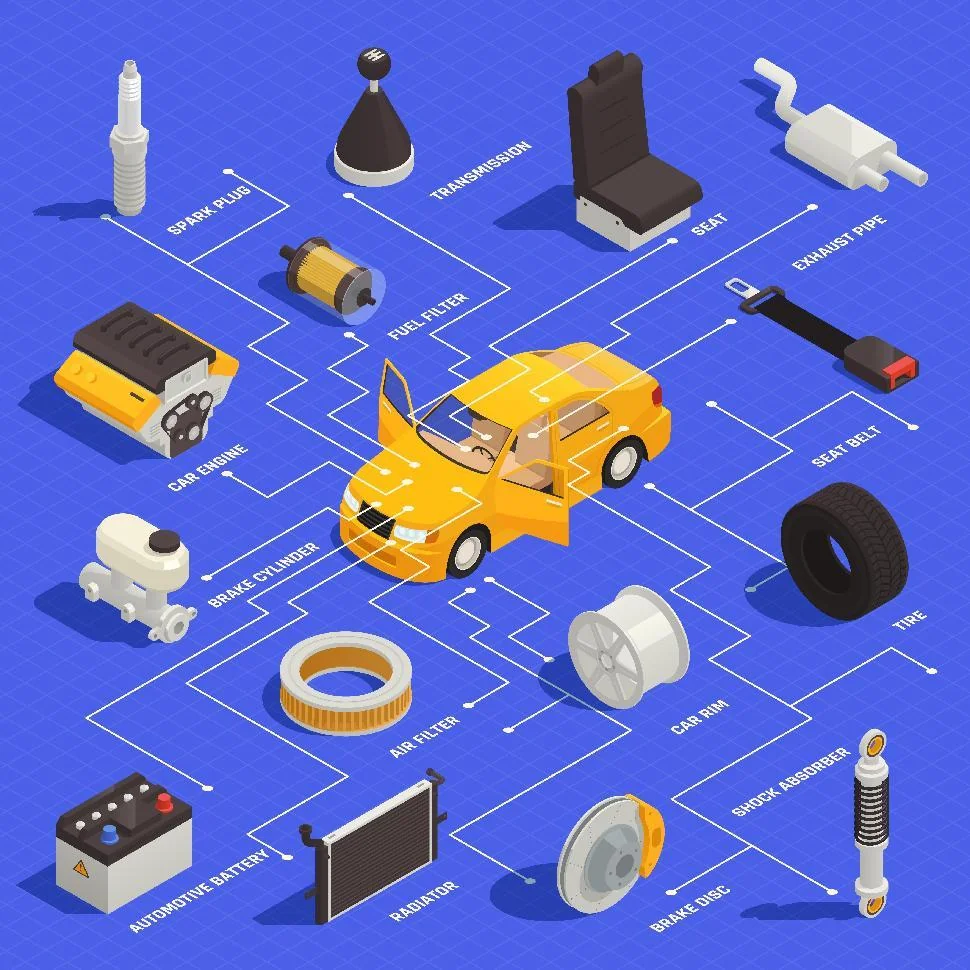The pillar of product development is the creation of a reliable mockup. It is called a prototype. This is a complicated process and for that reason, companies are looking into different opportunities to make it more efficient.
Most of the prototype parts are custom-made. One way to create engineered parts is through prototype machining. It is one of the preferred methods for a variety of reasons.
In this article, we are going to take a deep dive into prototype machining and why it is a vital process in product development.
Table of Contents
TogglePrototype Machining Explained
Prototype machining is the process of creating a few functional parts to copy the form and function of the design before they are made in mass production. The prototyping process involves several steps to test the design to its limits. The most effective way in achieving the peak performance of a design is via prototype machining.
Factors to Consider Before Choosing Prototype Machining
There are several manufacturing techniques that you can use to make prototypes but for research and development engineers, the option is always machining. Why? Because of its availability and quality. Here are some factors that you should consider before going into prototype machining.
Design Requirements of Your Prototype
If you are on the product designing team, your goal is to create a design that uses standard parts. If the design has more unconventional requirements, you can opt to do machining. And when choosing machining, you should consider the complexity of the design, material waste, and the total cost of the process.
When you pay attention to these challenges, you can rest assured that prototype machining will deliver on consistency, precision, material, and size.
The Machining Process
Another point to consider is the machining process. Not all processes are capable of producing parts with a specific geometry. When you choose multiple-axis CNC machines, you should bear in mind that a more intricate part requires more investment. You can design an assembly but it should not sacrifice the part’s strength and functionalities.
The Cost of Machining and Lead Time
If you are choosing prototype machining, you must know that not all parts are created the same. Some parts have more than one requirement for machined parts. You should be prepared to increase your lead time and manufacturing cost for this project to complete.
Bridge for High Volume Production
After you have completed your prototyping process, the next logical step is to go into mass production. The finished part should be cheaper than the prototypes. Hence, you will be looking for an alternative process that would be more efficient and cost-saving.
The only way to do this is to simplify the machining process from lessons learned from prototype machining during product development.
Conclusion
Prototype machining is an essential manufacturing technique to create parts for testing and evaluation. Its accuracy and precision make any shape that will look like the finished product, which is valuable in product development.







